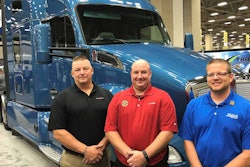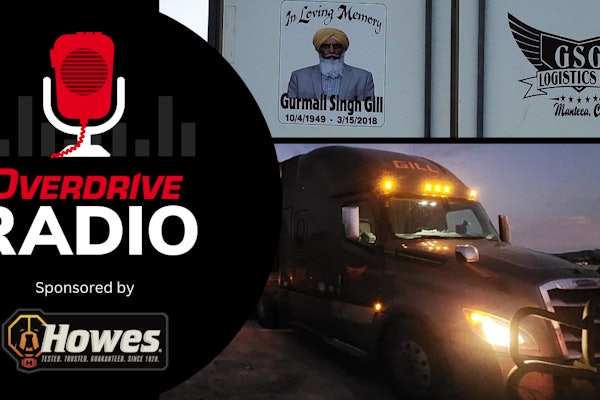
This particular deceased isn’t “dearly departed,” and hasn’t been “missed for eternity,” by anyone except the people who paid Large Marge bucks to have it assembled, much like Frankenstein and his monster.
As much as I hate to desiccate a grave and speak unkindly of the dead, I guess I’m going to have to, since people have begun to lob this poor thing around again.
“Evaluating the Potential Safety Benefits of Electronic HOS” is a document that has been passed around more than the collection plate lately. Dated April 2014, the 82-page report actually contains and uses data from as far back as 2009, and offers the theory that “EHSR-equipped trucks had a significantly lower total crash rate (11.7 percent reduction) and a significantly lower preventable crash rate (5.1 percent reduction) than trucks not equipped with an EHSR.”
.
Ya’ don’t say, now? How’s that?
Well, actually they don’t say that. They theorized it. In a lab at Virginia Tech, for a healthy sum of green American dollars. And they tell you this in the first sentence of the abstract on the Technical Data Report page — “Data were obtained through a third-party vendor that compiled previously-generated compliance data regarding participating motor carriers.” Vendor is the magic word. They tell you right up front this data was paid for.
But wait, it gets better.
“Although the final data sets included data from 11 carriers representing small, medium, and large carriers (including a total of 82,943 crashes, 970 HOS violations, and 224,034 truck-years that drove a total of 15.6 billion miles), the data set in the current study was skewed toward larger, for-hire carriers and may not represent the overall U.S. trucking population.”
Sounds compelling, right? Even with the word “skewed,” which I personally would have left off the sales pitch, but hey, I don’t get paid to make up numbers. And the reason I say they’re made up is because the type of crashes they are basing this “safety” thing on (fatigue) were so few, they admitted themselves that “small sample sizes limited the power to detect a significant difference between the EHSR cohort and the non-EHSR cohort for U.S. Department of Transportation (USDOT)-recordable and fatigue-related crashes. This result is primarily attributed to the lack of sufficient data (in terms of the number of these types of crashes) to be able to detect safety benefits with statistical significance at the observed level.”
So here’s where we’re at: It’s a paid-for study to study how ELDs will reduce wrecks there are so few of (or they have so little data about) they don’t have baseline numbers for them, so they use a compendium of “critical events” for base. It bears to be noted here, the FMCSA got to determine what a “critical event” was.
Now, if you’d like to go on and read the following 80 pages of how they came to all these oddly specific numbers, please do. I did, because I wanted to understand why people keep dredging this up and presenting it as evidence that ELDs are safety devices. And again, the report is compelling, but it is based on extrapolation and model numbers to begin with, which lands it wholly and most definitely in the “theory” category.
Theories are great. I have some you’d probably be concerned about, therefore I don’t share them. And I certainly don’t present them as empirical evidence. I do know when I was a nurse, I sure as hell never approached a doctor with a “theory” when I was asking for a medication order. You do stuff like that on the floor of a unit and you get an eraser thrown at your head. (I actually did have a doc throw a white board eraser at me once. Good times. He was a piece of work. I believe his name was “Satan…”)
Anyway, since it’s been dug up and dragged around again, and I have been asked more than once to defend my assertions that the upcoming ELD law is based on incorrect information, take it for what it’s worth. Virginia Tech took it for a long drink of water from the money pond, and the FMCSA took it to the floor and are attempting to enforce it as law. Laws shouldn’t be based on theory, because people who are tasked to follow them are not lab animals in a big, fun experiment.
We’re not your guinea pigs. Get some solid numbers or delay the law until you do.











